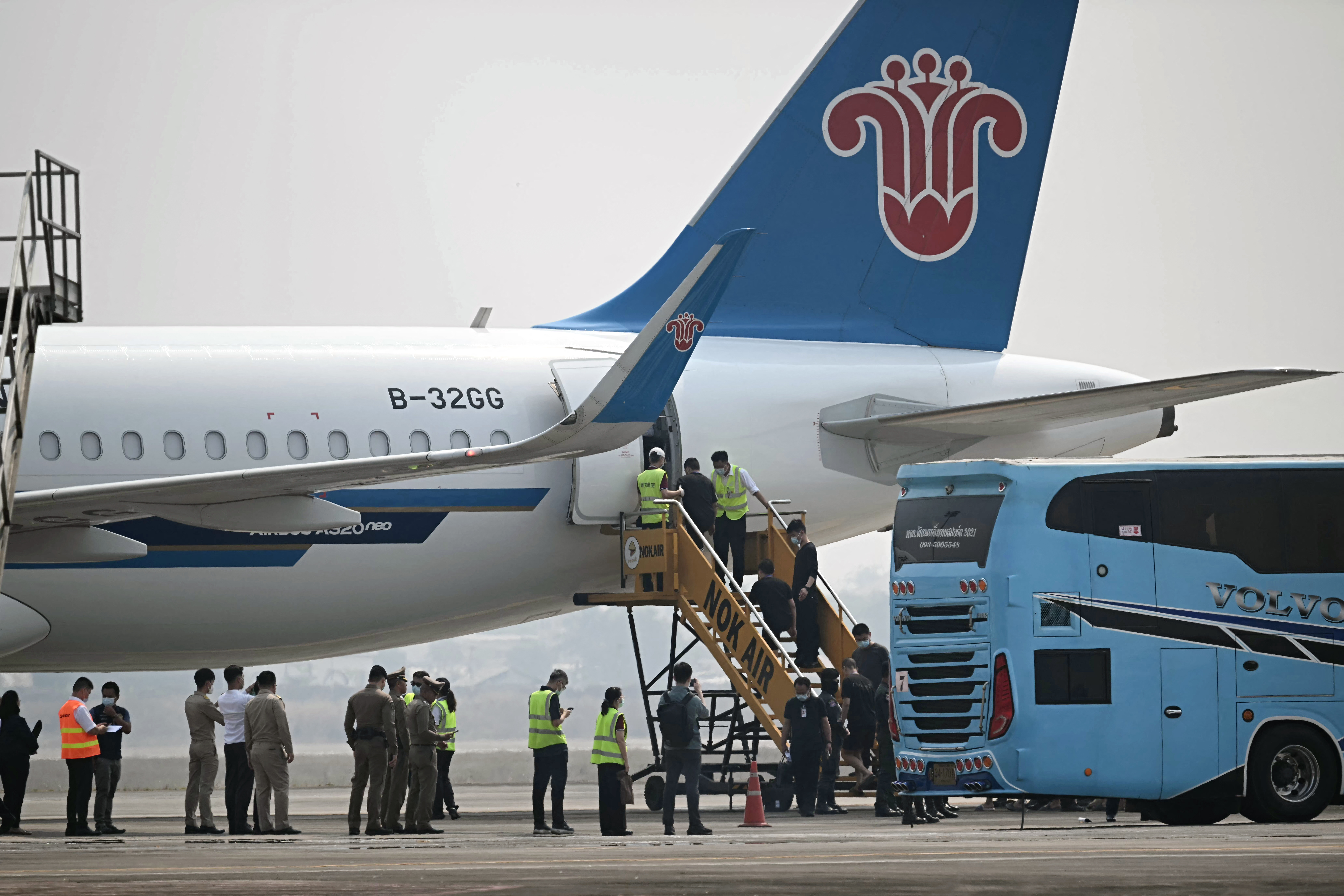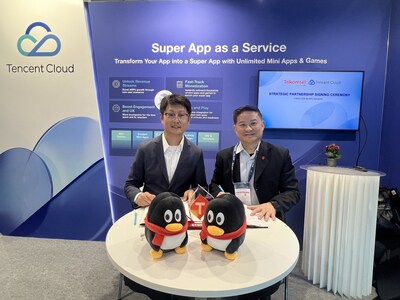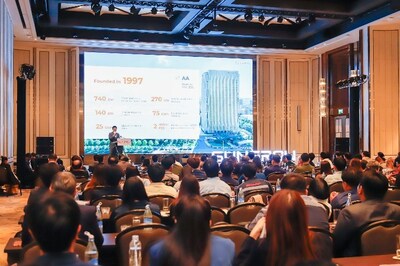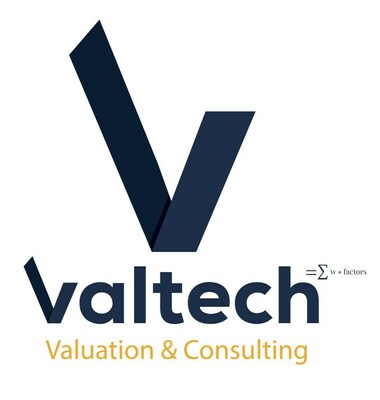HONG KONG, March 7, 2025 /PRNewswire/ — The true value of proper valuation comes from independence. Through independent research conducted by professional valuers, startups and venture capital firms gain access to objective analysis performed using appropriate valuation approaches. Valtech has actively helped numerous aspiring startups and fund managers by performing comprehensive business valuations, analysing business models and projected growth prospects, and in-depth benchmarking analysis. This support greatly facilitates and accelerates price discovery and deal negotiation processes.
Today, Max Tsang, a director of Valtech Valuation, — a CPA, CFA, FRM, Chartered Valuation Surveyor, and a business appraiser Accredited in Business Valuation (ABV) by AICPA — is pleased to share the firm’s insights and experience. The aim is to help more startups understand the true value of professional valuation and rethink how they should prepare for it.
Valuing a Business: More Art than Science
Valuation is not an exact science. The use of more data, research, and databases does not automatically lead to a more accurate result. Valuation is inherently dependent on the basis of value. Market value and investment value defined by International Valuation Standards (IVS) are possible basis of value for startup valuation. The selection of basis of value will depend on the purpose of valuation and the actual context. In addition, the judgment will also include underlying key assumptions and the details in application of valuation methods. Depending on knowledge and skills in finance and investment banking, valuation specialist can supplement the analysis using a great variety of skills such as monte carlo simulation, regression, waterfall charts etc. All these will affect the influence and impact of the valuation.
Valuation Methods Explained
There are three general approaches in valuation:
- Cost Approach
This method is rarely applied in startup valuations, as most founders believe their innovative ideas are worth far more than the initial costs incurred.
- Income Approach
This method can be applied, but it is often challenging for pre-revenue startups. However, a reasonable and well-supported financial projection and capital budgeting analysis can clearly communicate your financial goals and illustrate the expected growth trajectory over the next 3-5 years. With Valtech’s guidance, this becomes a logical and systematic process — identifying the value creation potential from each unit of product or service sold. By making reference to relevant sources, Valtech define realistic market size and growth assumptions, ensuring the financial model is logical and persuasive.
- Market Approach (They call it Comprehensive Benchmarking)
This approach uses comparative analysis, collecting valuation metrics from public companies and private transactions. Think of it like valuing your apartment based on recent sales of similar apartments nearby. However, startup founders often fall victim to survivorship bias — they focus only on announced valuations of successful startups, often ignoring adjustment factors like funding round stage, geography, and business model differences. In reality, systematic, logical, and persuasive adjustments are necessary to align benchmark data with the unique circumstances of the subject startup. Valtech ensures these adjustments are applied appropriately.
In application, there are further variations of method for better analysis. For example, risk net present value method (a variety of income approach) is considered to be a better method in valuing biotechnology and healthcare startups.
Budget Concerns — Finding the Right Balance
Valtech fully recognizes that early-stage startups often have tight budgets when appointing valuation specialists. However, the quality of your valuation report directly impacts investors’ first impressions of your company. A well-prepared valuation not only demonstrates professionalism, but also shows how well your team can communicate and support your claims with solid evidence and sensible forecasts.
Engaging a reputable and professional valuation team gives investors confidence that your valuation is grounded in independent analysis, rather than soley internal projections.
Avoid Over-Reliance on Generative AI for Business Plans
A lengthy business plan does not guarantee a good business plan. For valuation purposes, the focus should be on:
- Your team’s profiles and experience
- Your business model and its unique value proposition
- The innovative and competitive aspects of your products or services
- Clear and realistic expansion plans
- A well-defined budget for utilizing the funds raised
Generative AI can assist in drafting, but blindly relying on AI-generated content often results in generic, unfocused plans that fail to address the unique qualities of your business. Investors expect tailored narratives with authentic insights — something no AI can fully capture.
Your Startup is Unique — Focus on Your Uniqueness
As a startup, you have a unique business idea — one that either solves a critical pain point in the market or disrupts existing players through innovation. While AI can assist in brainstorming, your competitive edge lies in your team’s creativity, execution capability, and market understanding.
Ask yourself: Can AI generate innovative business ideas? Yes — but the real question is: How unique, feasible, and defensible are those ideas?
Plenty of Successful Fundraising Stories from Valtech Clients
Valuation is not just about calculating numbers — it’s about explaining your venture through numbers. Valtech provides multi-dimensional analysis, considering both the founder’s perspective and the investor’s perspective. This balance helps create valuation reports that are credible and persuasive.
At the same time, investors rely on more than just valuation reports. Many uses proprietary scorecards to evaluate:
- Team quality and experience
- Product-market fit
- Competitive advantage and IP
- Business scalability and operational resilience
- Exit potential and projected returns
Valtech has witnessed countless successful fundraising journeys among its clients — all at reasonable and defensible valuations. These startups come from diverse sectors, but they all share a common trait: they provide solid proof to justify their value. This proof can take various forms:
- Well-articulated ideas with clear commercial potential
- Working prototypes
- A strong, experienced founding team
- Established strategic partnerships
- Demonstrated viability in reaching the next growth stage
Final Thoughts — Valtech’s Value Proposition
Startup valuation is not a one-size-fits-all exercise. Every startup has a unique story, growth trajectory, risk profile, and value proposition. At Valtech, they go beyond just crunching numbers. They help startups shape their valuation report, and navigate the challenging price discovery process with confidence.
If you want to secure investment at a reasonable and defensible valuation, you need more than just financial modeling skills — you need a trusted valuation partner who understands investor needs, market dynamics, and trends. This is exactly what Valtech Valuation delivers. Simply visit https://valtech-valuation.com
Max Tsang / Marvin Wong / Jimmy Wong T: +852 23889262
Email: admin@valtech-valuation.com
Singapore: Ritika Gupta | +65 84949455 | admin-sg@valtech-valuation.sg







